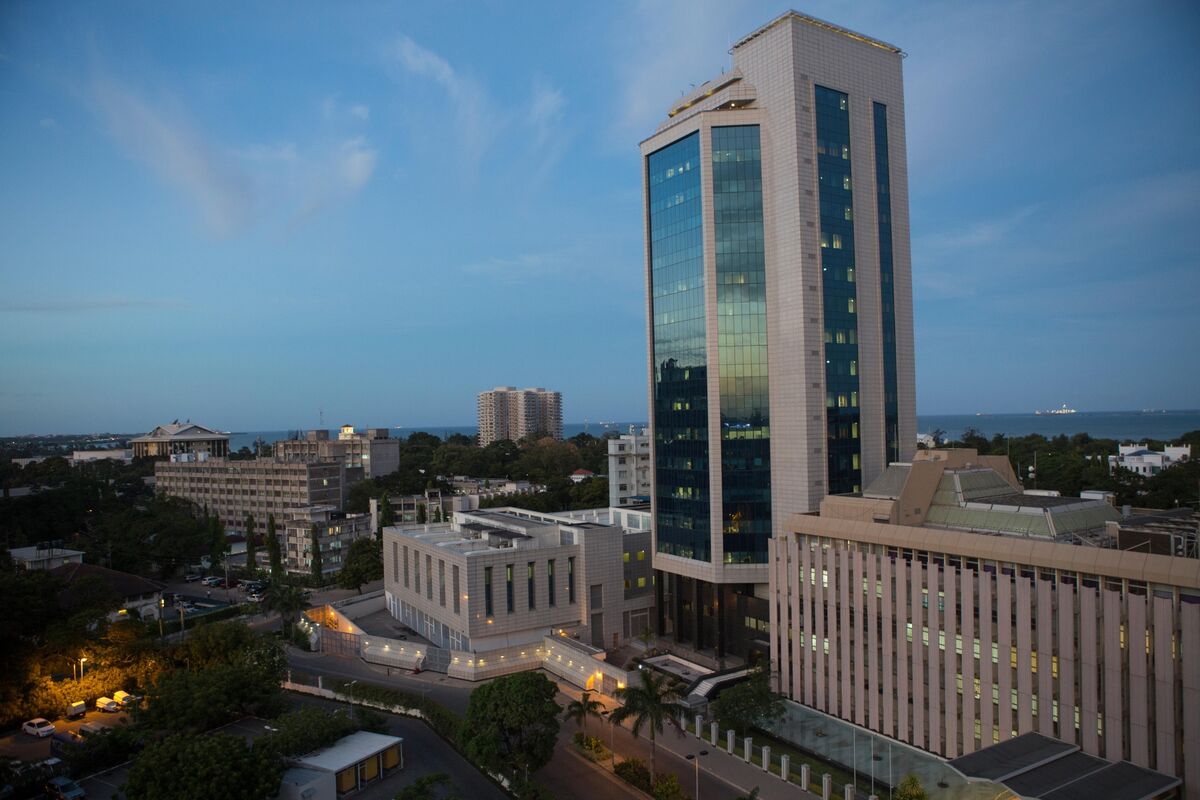The 2023/24 financial report of the Bank of Tanzania
- Monetary Policy and Inflation:
- The Bank maintained a 7-day interbank rate within a (+/-) 200 basis point range of the 6% Central Bank Rate (CBR), with an average rate of 7.49%.
- Money supply growth slowed to 10.3%, which reflects the Bank's efforts to moderate liquidity and maintain inflation expectations at its medium-term target of 5%.
- Inflation decreased to 3.1% in the quarter ending June 2024, from 4.0% in the corresponding period in 2023, driven by effective fiscal and monetary policies as well as sufficient domestic food supply.
- Private Sector Credit Growth:
- Private sector credit grew at 17.2%, driven primarily by the agricultural, manufacturing, and mining sectors, with personal loans accounting for the largest share.
- Government Revenue and Expenditure:
- Revenue collection for the quarter ending March 2024 amounted to TZS 7,273.6 billion, with TZS 6,334.4 billion derived from tax revenue, which was 93.2% of the target.
- Government expenditure totaled TZS 8,912.3 billion, with recurrent activities and development projects accounting for TZS 5,225.2 billion and TZS 3,687.1 billion, respectively.
- National Debt:
- The national debt stock was USD 42,359.7 million by the end of June 2024, with 71.3% of this being external debt and 28.7% public domestic debt.
- External Sector Performance:
- The current account deficit narrowed to USD 902.8 million from USD 977.8 million in the same quarter in 2023, supported by strong export performance and favorable global commodity prices.
- Exports of goods and services increased to USD 3,377.1 million, with tourism, gold, and tobacco being key contributors.
Tanzania's economic landscape during the 2023/24 period
Tanzania is on a path of steady economic development, with a focus on maintaining monetary stability, supporting private sector growth, and effectively managing government finances. The improvements in the external sector and inflation control further indicate that the country is managing its economic challenges well, positioning itself for sustained growth in the future. However, careful management of external debt and continued investment in key sectors will be essential to ensure long-term economic prosperity.
- Monetary Stability and Inflation Control:
- Inflation Control: The Bank of Tanzania has successfully kept inflation at a low level, decreasing it to 3.1% from 4.0% in the previous year. This indicates effective monetary policy management, which is crucial for economic stability and growth.
- Monetary Policy: The maintenance of the 7-day interbank rate within a set range and controlled money supply growth (10.3%) shows the Central Bank's focus on stabilizing the economy and managing liquidity, which supports long-term economic development.
- Private Sector Growth:
- Credit Growth: The significant growth in private sector credit (17.2%), particularly in key sectors like agriculture, manufacturing, and mining, points to a robust expansion in economic activities. The emphasis on these sectors is essential for economic diversification and sustainability.
- Sectoral Investment: The focus on personal loans and investments in critical sectors suggests a growing confidence in the economy, with increased access to credit likely stimulating further economic development and job creation.
- Government Revenue and Expenditure:
- Revenue Performance: The government's strong revenue collection performance, achieving 93.2% of its target, indicates effective tax administration and fiscal discipline. This is vital for funding public services and infrastructure, which are key drivers of economic growth.
- Balanced Expenditure: The balanced allocation of expenditure between recurrent activities and development projects suggests a strategic approach to fostering both immediate and long-term economic growth. The emphasis on development projects, in particular, is crucial for improving infrastructure and enhancing the country's productive capacity.
- National Debt Management:
- Debt Sustainability: The national debt, which stood at USD 42.4 billion, with a significant portion being external debt (71.3%), reflects the country's reliance on external financing. While this can support development projects, it also underscores the importance of sustainable debt management to avoid long-term economic vulnerabilities.
- External Sector Performance:
- Export Growth: The increase in exports, particularly in tourism, gold, and tobacco, suggests a strengthening external sector. This is positive for economic development, as it brings in foreign exchange and supports the balance of payments.
- Current Account Deficit: The narrowing of the current account deficit indicates improved trade performance, which is crucial for external stability and economic resilience.
